kategori film tahun 1895
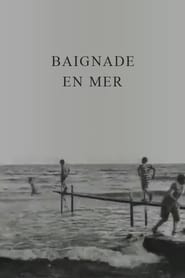 Several little boys run along a...
Several little boys run along a...Swimming in the Sea 1895
Several little boys run along a pier, then jump into the ocean.
 Four men stand holding what appears...
Four men stand holding what appears...Jumping the Blanket 1895
Four men stand holding what appears to be a blanket, while one wearing a hat stands watching. A sixth man then runs towards them and attempts to jump into the blanket.
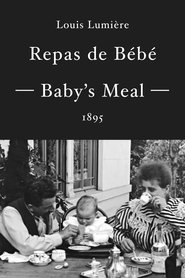 A father a mother and a...
A father a mother and a...Baby's Meal 1895
A father, a mother and a baby are sitting at a table, on a patio outside. Dad is feeding Baby her lunch, while Mum is serving tea.
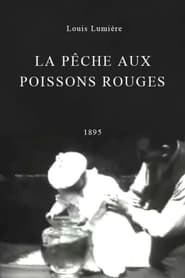 A man holding a baby up...
A man holding a baby up...Fishing for Goldfish 1895
A man, holding a baby up in his hands, is standing next to a fishbowl. The baby is trying, in vain, to catch a goldfish with her bare hands.
 A stationary camera looking diagonally across...
A stationary camera looking diagonally across...The Derby 1895 1895
A stationary camera, looking diagonally across a racetrack toward the infield, records the horses as they race past. Once they are out of view and the race is over, police officers run onto the infield. The crowd moves around.
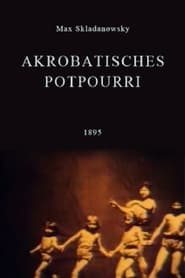 Eight circus performers known as the...
Eight circus performers known as the...Akrobatisches Potpourri 1895
Eight circus performers known as the Grunato family perform their famous balancing act.
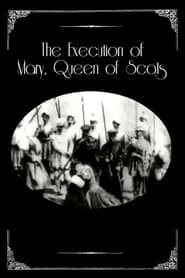 A short film depicting the execution...
A short film depicting the execution...The Execution of Mary, Queen of Scots 1895
A short film depicting the execution of Mary, Queen of the Scots. Mary is brought to the execution block and made to kneel down with her neck over it. The executioner lifts his axe ready to bring it down. After that frame Mary has been replaced by a dummy. The axe comes down and severs the head of the dummy from the body. The executioner picks up the head and shows it around for everyone else to see. One of the first camera tricks to be used in a movie.
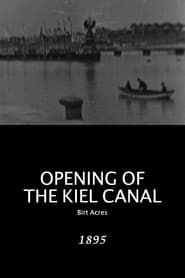 The opening of the Kiel Canal...
The opening of the Kiel Canal...Opening of the Kiel Canal 1895
The opening of the Kiel Canal in Germany by Kaiser Wilhelm II on 20 June 1895.
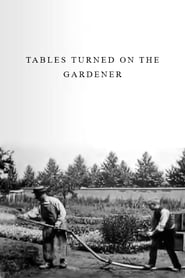 A gardener is watering his flowers...
A gardener is watering his flowers...The Sprinkler Sprinkled 1895
A gardener is watering his flowers, when a mischievous boy sneaks up behind his back, and puts a foot on the water hose. The gardener is surprised and looks into the nozzle to find out why the water has stopped coming. The boy then lifts his foot from the hose, whereby the water squirts up in the gardener's face. The gardener chases the boy, grips his ear and slaps him in his buttocks. The boy then runs away and the gardener continues his watering. Three separate versions of this film exist, this is the original, filmed by Louis Lumière.
 In a long diaphanous skirt held...
In a long diaphanous skirt held...Annabelle Serpentine Dance 1895
In a long, diaphanous skirt, held out by her hands with arms extended, Broadway dancer Annabelle Moore performs. Her dance emphasizes the movement of the flowing cloth. She moves to her right and left across an unadorned stage. Many of the prints were distributed in hand-tinted color.
 Working men and women leave through...
Working men and women leave through...Workers Leaving the Lumière Factory 1895
Working men and women leave through the main gate of the Lumière factory in Lyon, France. Filmed on 22 March 1895, it is often referred to as the first real motion picture ever made, although Louis Le Prince's 1888 Roundhay Garden Scene pre-dated it by seven years. Three separate versions of this film exist, which differ from one another in numerous ways. The first version features a carriage drawn by one horse, while in the second version the carriage is drawn by two horses, and there is no carriage at all in the third version. The clothing style is also different between the three versions, demonstrating the different seasons in which each was filmed. This film was made in the 35 mm format with an aspect ratio of 1.33:1, and at a speed of 16 frames per second. At that rate, the 17 meters of film length provided a duration of 46 seconds, holding a total of 800 frames.
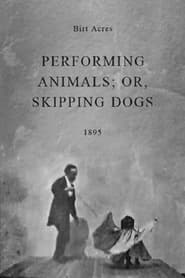 A short blackandwhite silent documentary film...
A short blackandwhite silent documentary film...Performing Animals; or, Skipping Dogs 1895
A short black-and-white silent documentary film featuring one dog jumping through hoops and another dancing in a costume, which was considered lost until footage from an 1896 Fairground Programme was identified as being from this film.
 Pedestrian and various vehicles traffic on...
Pedestrian and various vehicles traffic on...Lyon, place Bellecour 1895
Pedestrian and various vehicles traffic on Place Bellecour, in Lyon.
 A Senegalese woman carries a child...
A Senegalese woman carries a child...Wolof Woman (Senegal) Carrying a Child on Her Back 1895
A Senegalese woman carries a child on her back at the Exposition Ethnographique de l'Afrique Occidentale in Paris.
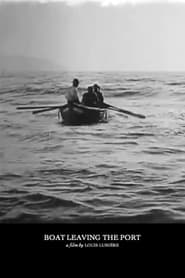 In very bad weather and a...
In very bad weather and a...Boat Leaving the Port 1895
In very bad weather and a stormy sea, a small boat manned by two men is trying to leave the harbor of La Ciotat, while several people are watching them from the nearby pier.
 Flicien Trewey uses a basic prop...
Flicien Trewey uses a basic prop...